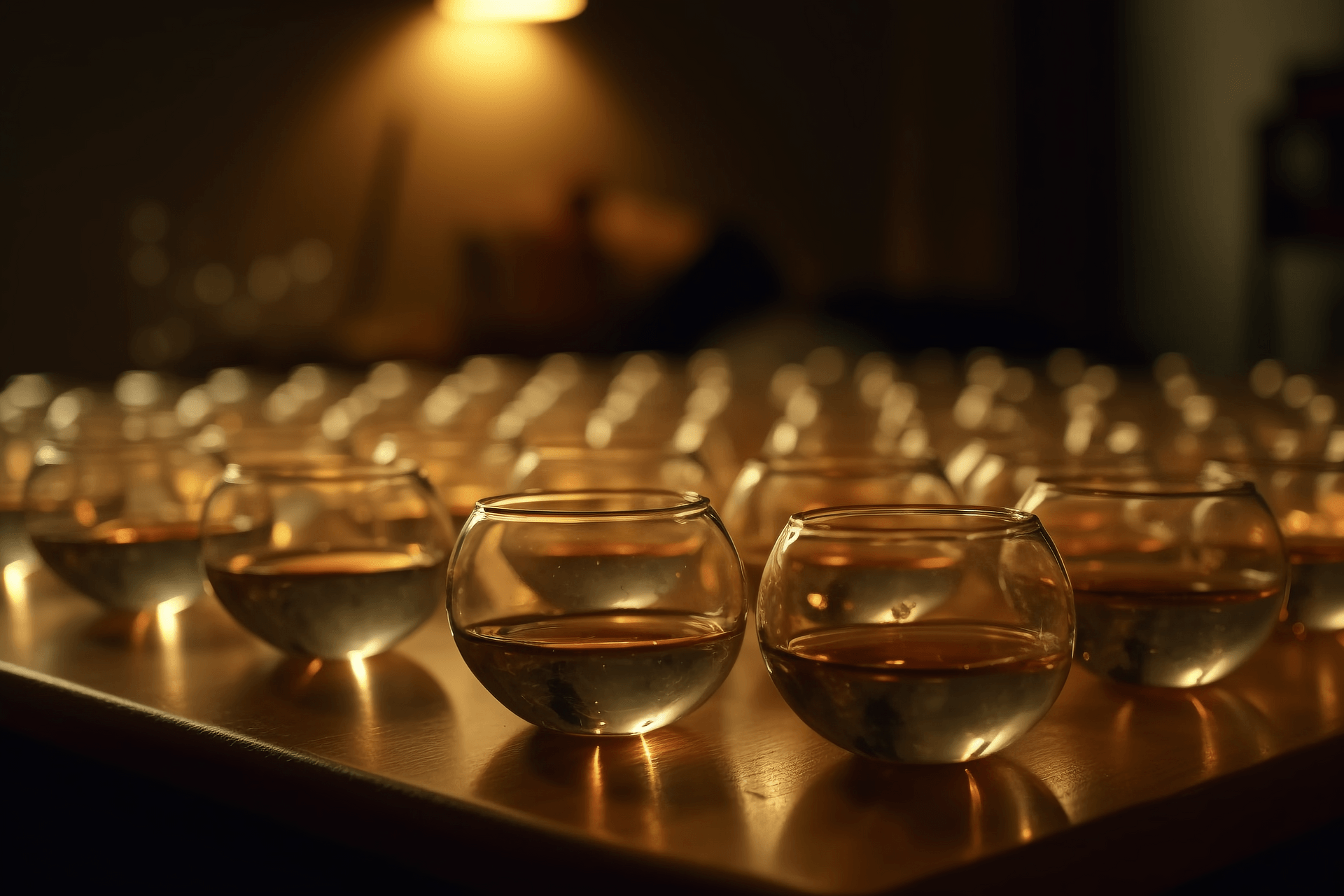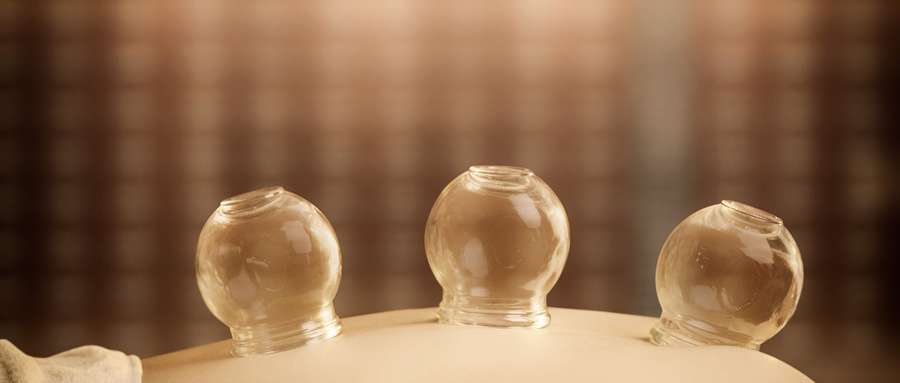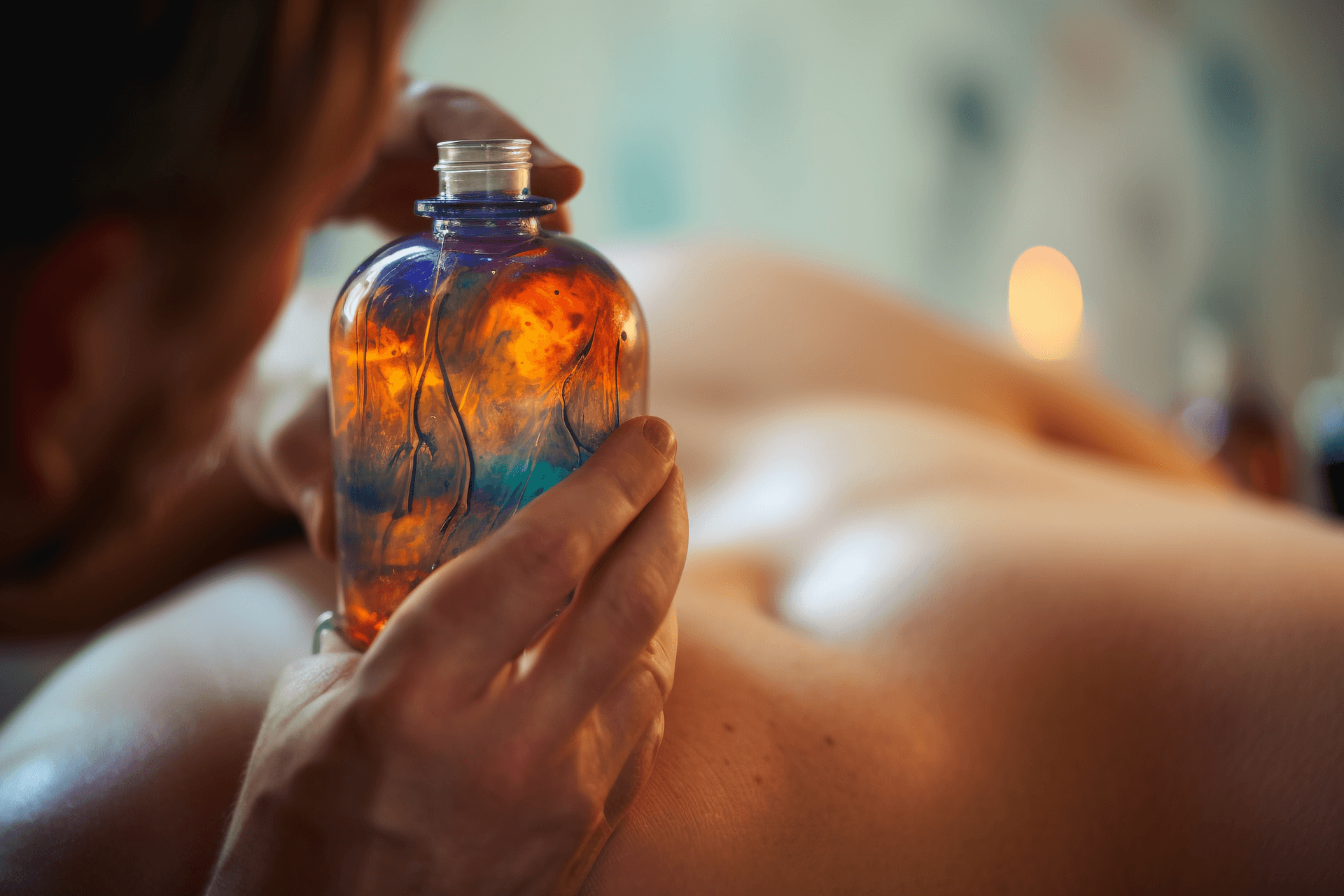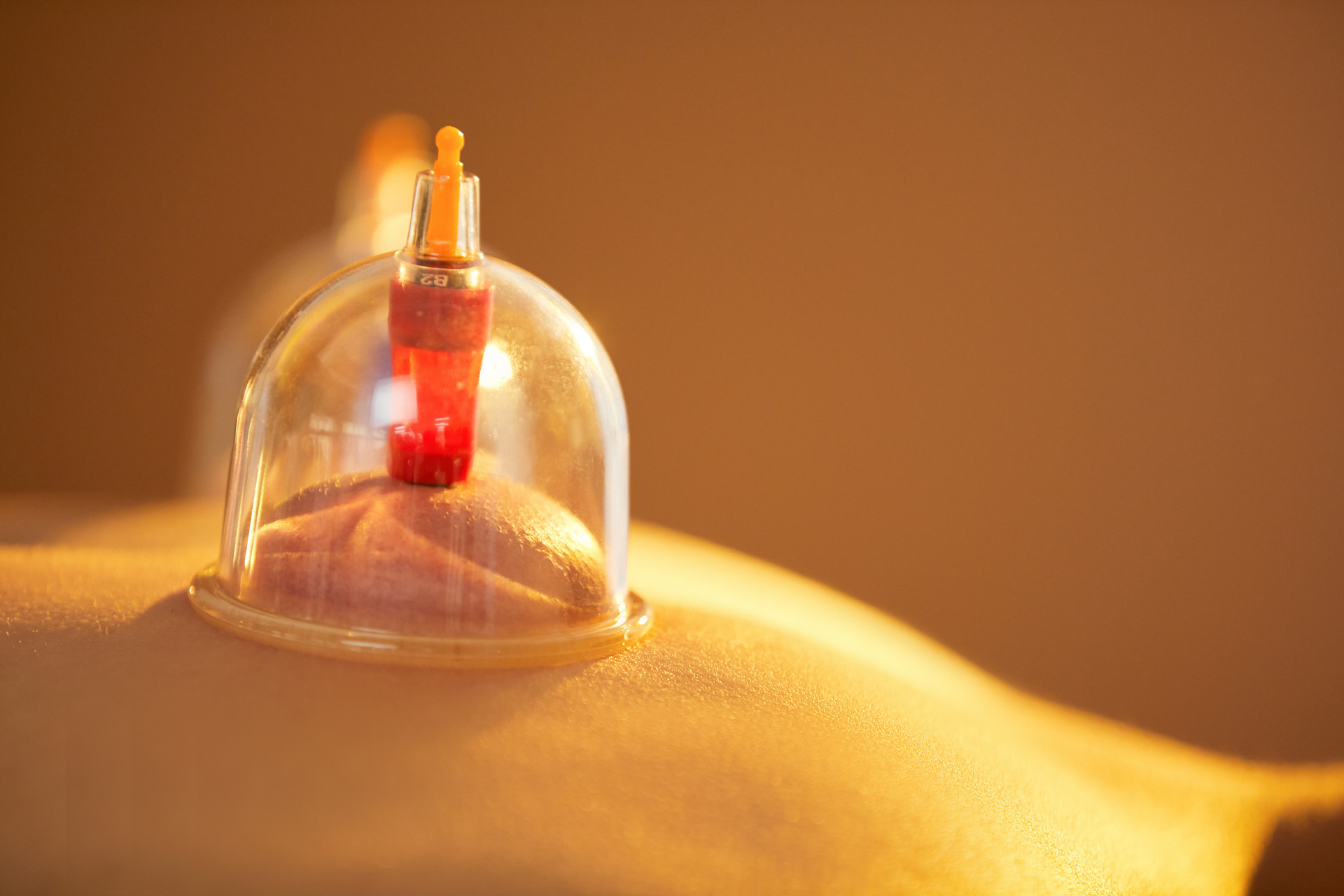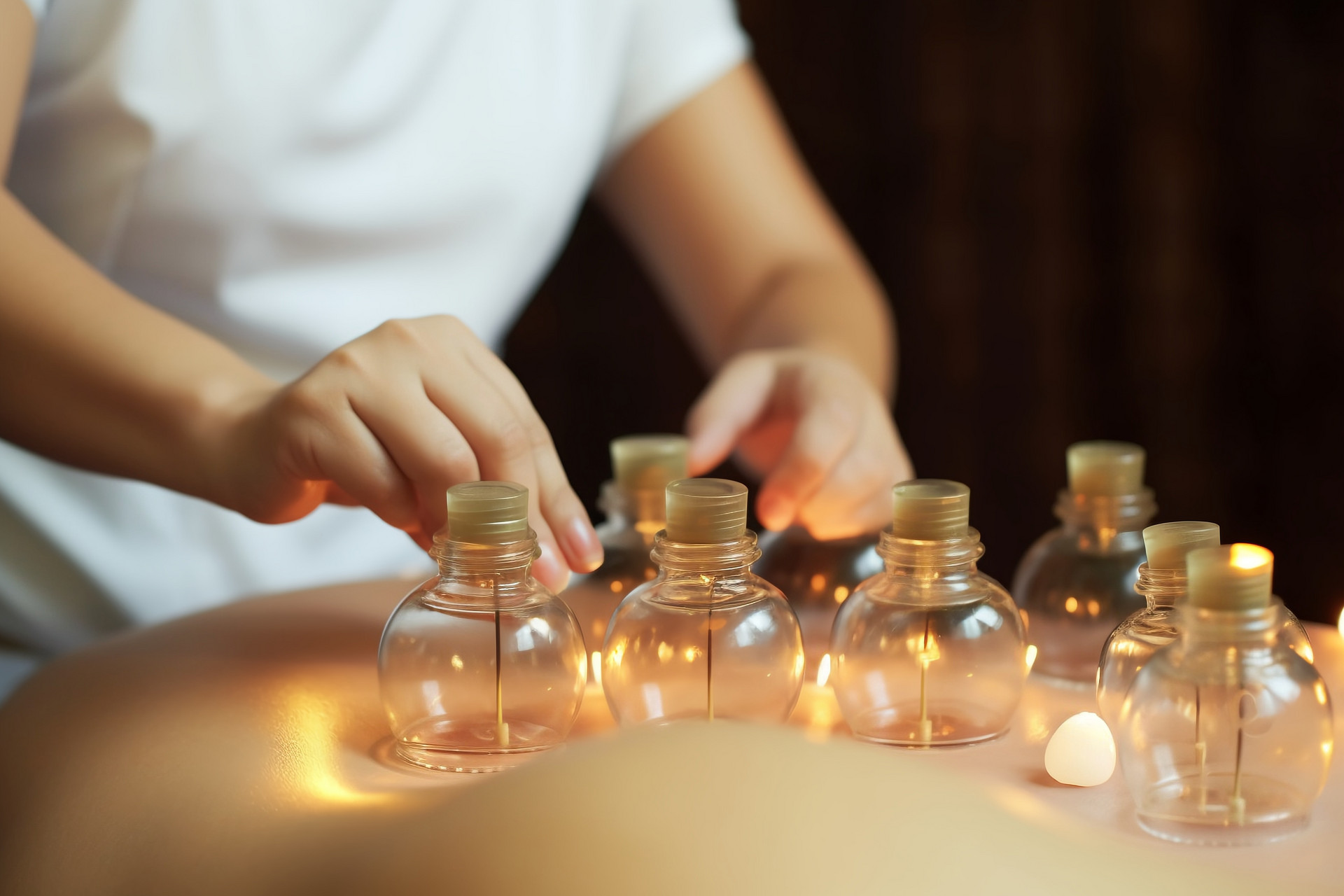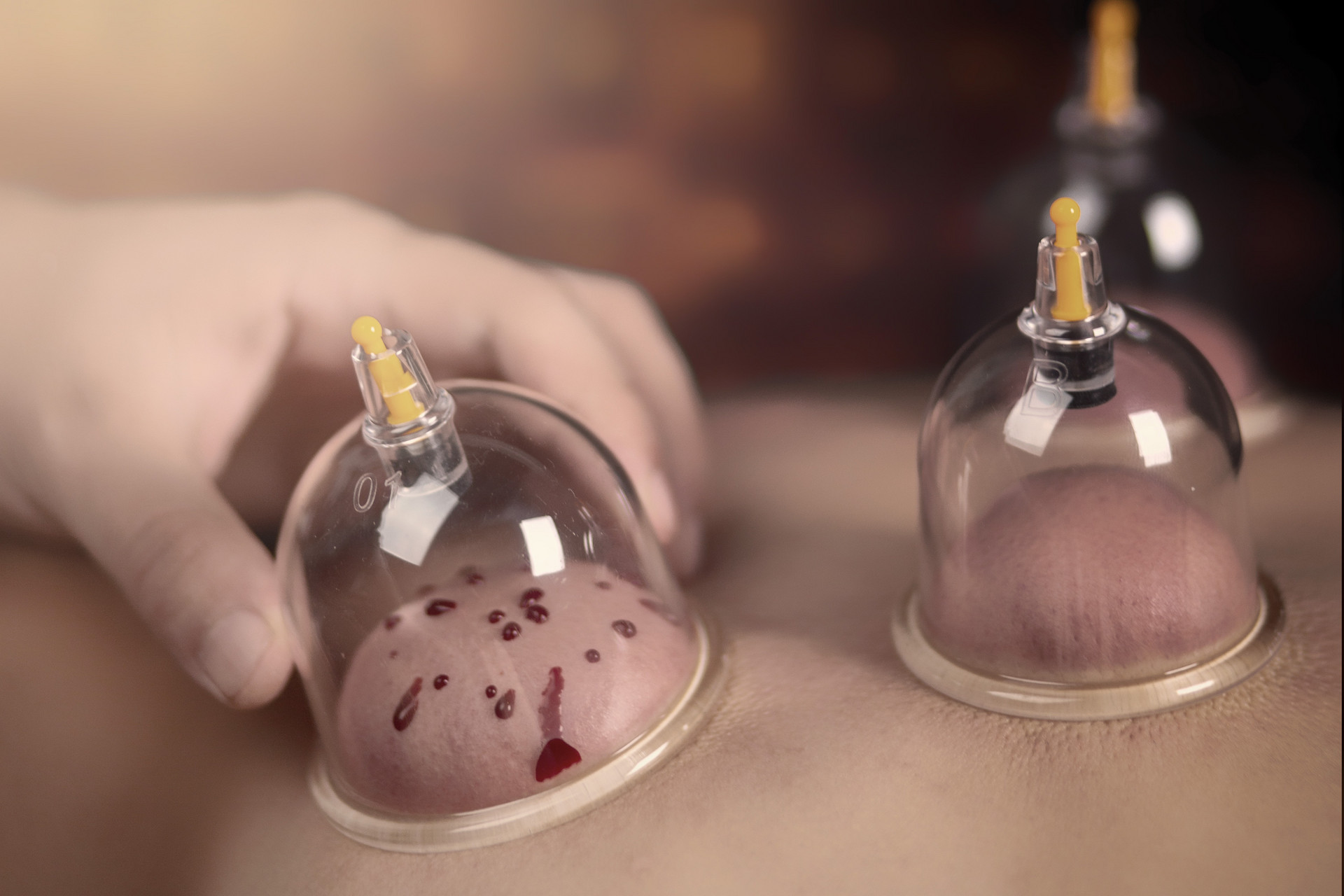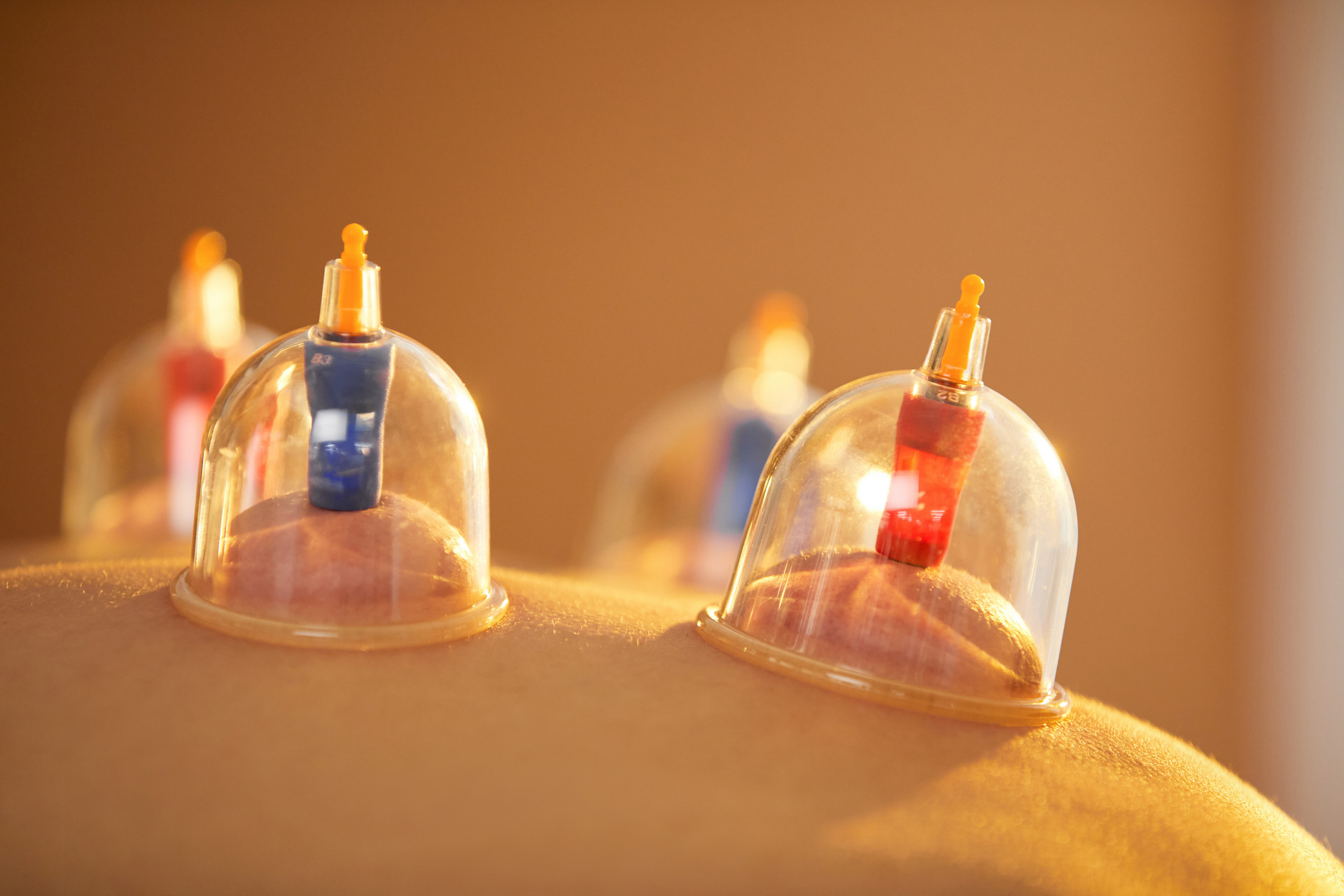1) During cupping, it is necessary to keep the room warm and avoid drafts to prevent catching a cold.
2) Doctors should choose appropriate cups based on the different areas being cupped. When using multiple cups, the distance between them should not be too close to avoid pain from the skin being stretched. When using moving cups, do not push or pull on bony prominences to avoid skin damage or cup leakage.
3) Patients should be in a comfortable position and avoid moving randomly. If the local skin has wrinkles, looseness, or movement, the cups are more likely to fall off.
4) For first-time treatment, weak or easily nervous, and elderly patients, small cups should be used and fewer cups should be applied. It is advisable to have the patient lie down. Observe the patient's complexion and facial expressions at all times to promptly detect and handle any unexpected situations.
5) During cupping, mainly inquire about the patient's feelings and observe local and systemic reactions. It is normal for patients to feel heat, tightness, soreness, coolness, and drowsiness at the cupped area. If the feeling of tightness or pain is significant or if there is a burning sensation, the cups should be removed and re-applied. If there is no sensation after cup removal, it indicates insufficient suction and the cups should be reapplied. If the patient shows signs of fainting, such as dizziness, nausea, pale complexion, cold limbs, rapid breathing, or rapid pulse, the cups should be promptly removed, the patient should lie flat, and the head should be lower than the feet. Mild cases can be resolved by drinking some warm water and resting. For severe cases, acupuncture can be performed on the Baihui, Renzhong, Hegu, and other acupoints, or moxibustion can be applied on the Guanyuan, Qihai, Baihui, and other acupoints. If necessary, emergency medications such as quick-acting cardiac pills can be taken.
6) For severe conditions, deep lesions, and painful diseases, cupping should be applied for a longer duration. For mild conditions, superficial lesions, and paralytic diseases, cupping should be applied for a shorter duration. If the muscles at the cupping site are thick, the duration can be slightly longer. If the muscles are thin, such as in the chest area, the cupping duration should be shorter. Cupping time can be appropriately extended in cold weather and shortened in hot weather. Cupping should be applied for a shorter duration at sites where blood vessels are more superficial. When using multiple cups, the distance between them should not be too close to avoid pain from the cups pulling on the skin or cups falling off due to pressure.
7) After cupping, the local skin will generally show a reddish or purplish bruise, which is a normal phenomenon and will disappear on its own. If there is severe local bruising, cupping should not be re-applied to the same area. If there is a burn or scald at the cupping site, it is an accident, but if it is necessary to drain a blister or blood blister, it is not considered an accident. Patients with skin allergies or edema are prone to developing blisters after cupping. This should be explained in advance. Small blisters should be prevented from being scratched and can be left untreated to naturally absorb. Alternatively, a small amount of gentian violet can be applied or the area can be disinfected with alcohol and covered with sterile gauze. Large blisters that are not necessary for treatment can be punctured with a sterilized needle to release the fluid or extracted with a sterilized syringe, then covered and fixed with a sterile dressing. Necessary blisters should be protected and allowed to naturally absorb, as the process of fluid absorption is clinically significant for enhancing immune function.
When using the fire method of cupping, the flame should be strong, and the movements should be quick. Tilt the cup opening upwards to avoid burning the skin from the flame falling off. When using the flash fire method, do not use too much alcohol on the cotton swab and accurately place the cap to avoid knocking over the burning fire jar. When using boiling water cups, shake out the hot water in the cup to prevent scalding the patient's skin.
8) The interval between treatments should be determined based on the condition. For chronic diseases with remission, treatment is generally performed every other day, but can also be every 2 days or once every 3-5 days. For acute conditions, treatment is usually performed once a day, and for diseases such as acute gastroenteritis or colds, it can be performed twice a day or even three times a day. A general course of treatment consists of 12 sessions. If there is no improvement, a rest period of 5-7 days can be taken before continuing treatment. Famous patients who feel fatigued should rest for a few days before cupping. If cupping is performed continuously for several days, it is important to rotate the cupping positions appropriately.
9) The length of bamboo cups should be appropriate. If they are too long, they will be heavy and prone to falling off. If they are too short, the suction will be insufficient. Water cups should be prevented from leaking. Transparent cups should not be used for patients with sensory impairments.
10) When using cupping with retained needles, transparent cups should be used for easy observation of local changes. Take precautions to prevent needle bending or breaking due to muscle contraction and avoid causing damage by inserting the needle too deeply. The use of cupping on the chest and back should be used with caution.
11) When lifting the cups, the technique should be gentle and steady, avoiding pulling or rotating forcefully to prevent skin damage. After lifting the cups, if there is local redness or itching, do not scratch randomly. It will dissipate after a few hours or days.
12) When cupping and bleeding, transparent cups should be used for easy observation. When using bloodletting cupping, the area where the needle pierces the skin should be equal to or slightly larger than the diameter of the cup opening. The amount of bleeding should be appropriate and meet the therapeutic needs. Once the required amount of bleeding is achieved, the cups should be lifted. The total amount of bleeding should not exceed 10ml for adults. When cupping for resolving blood stasis or abscess, if the flow is slow and the skin has wrinkles or depressions, it indicates that the blood stasis or pus has been mostly expelled, and the cups should be promptly lifted.


